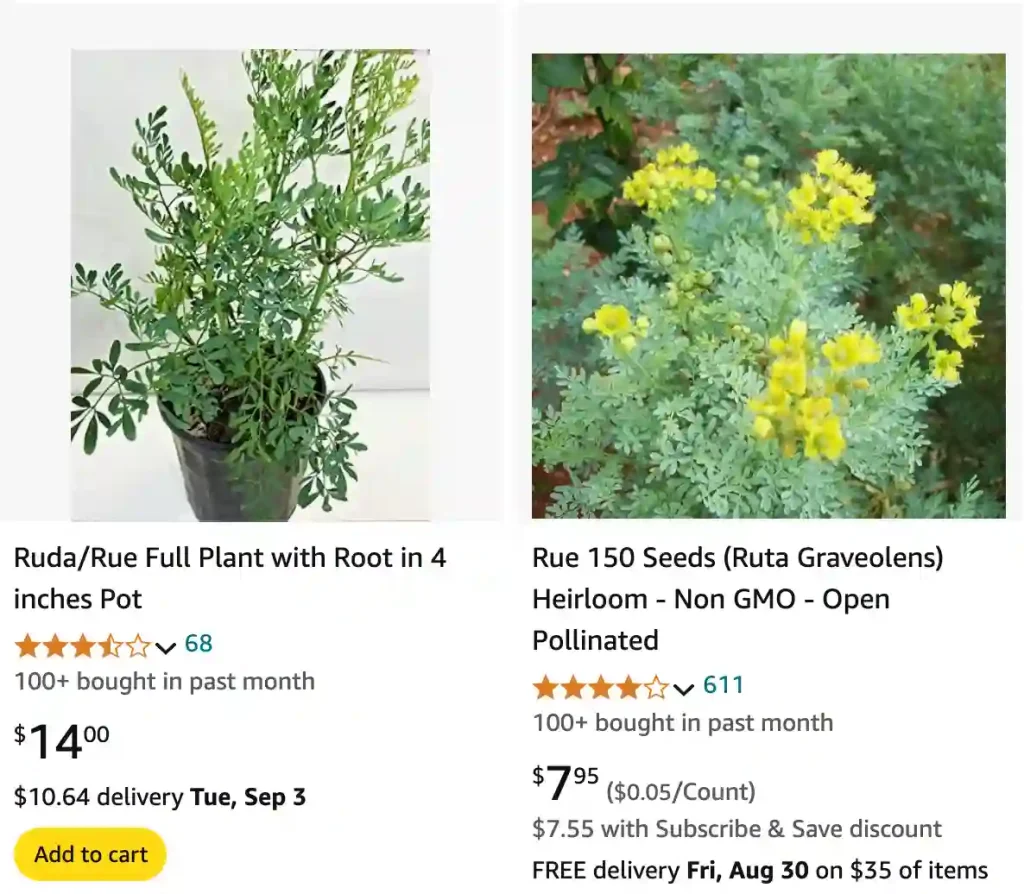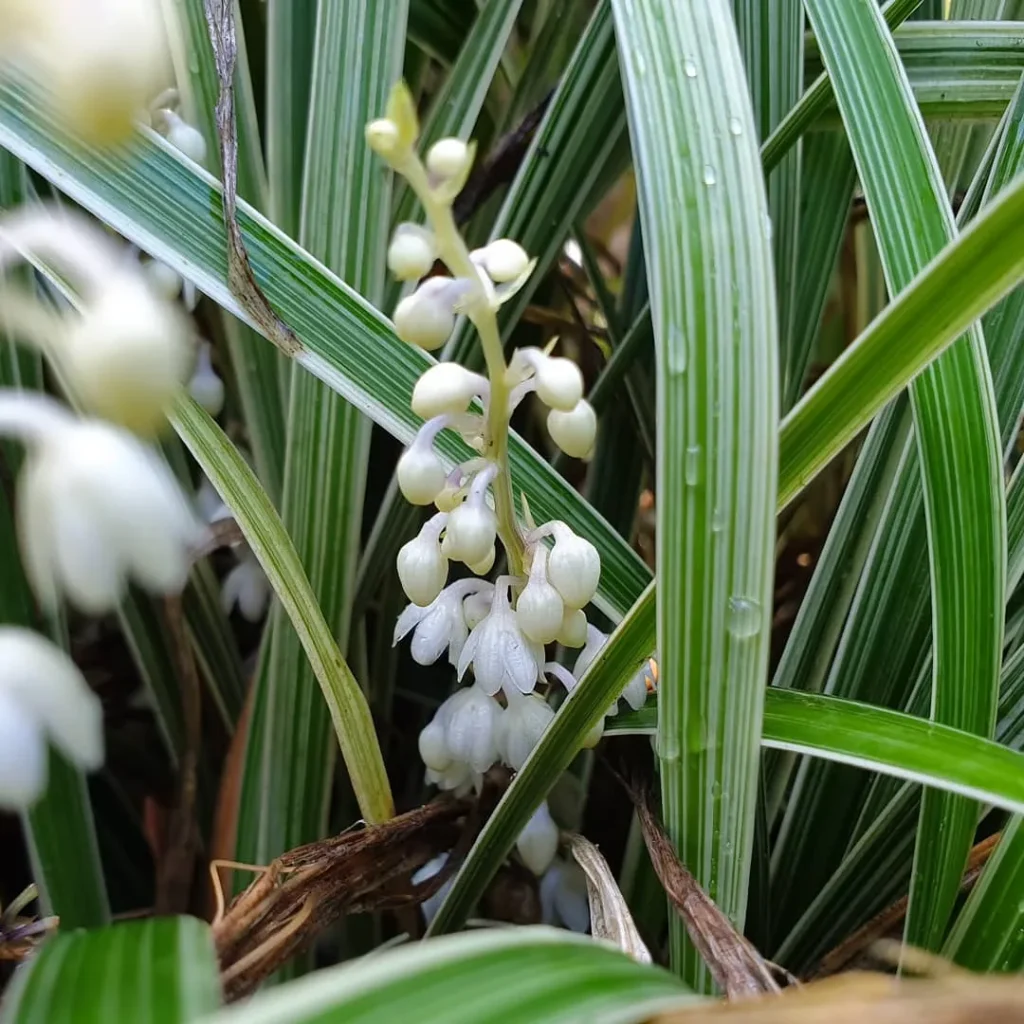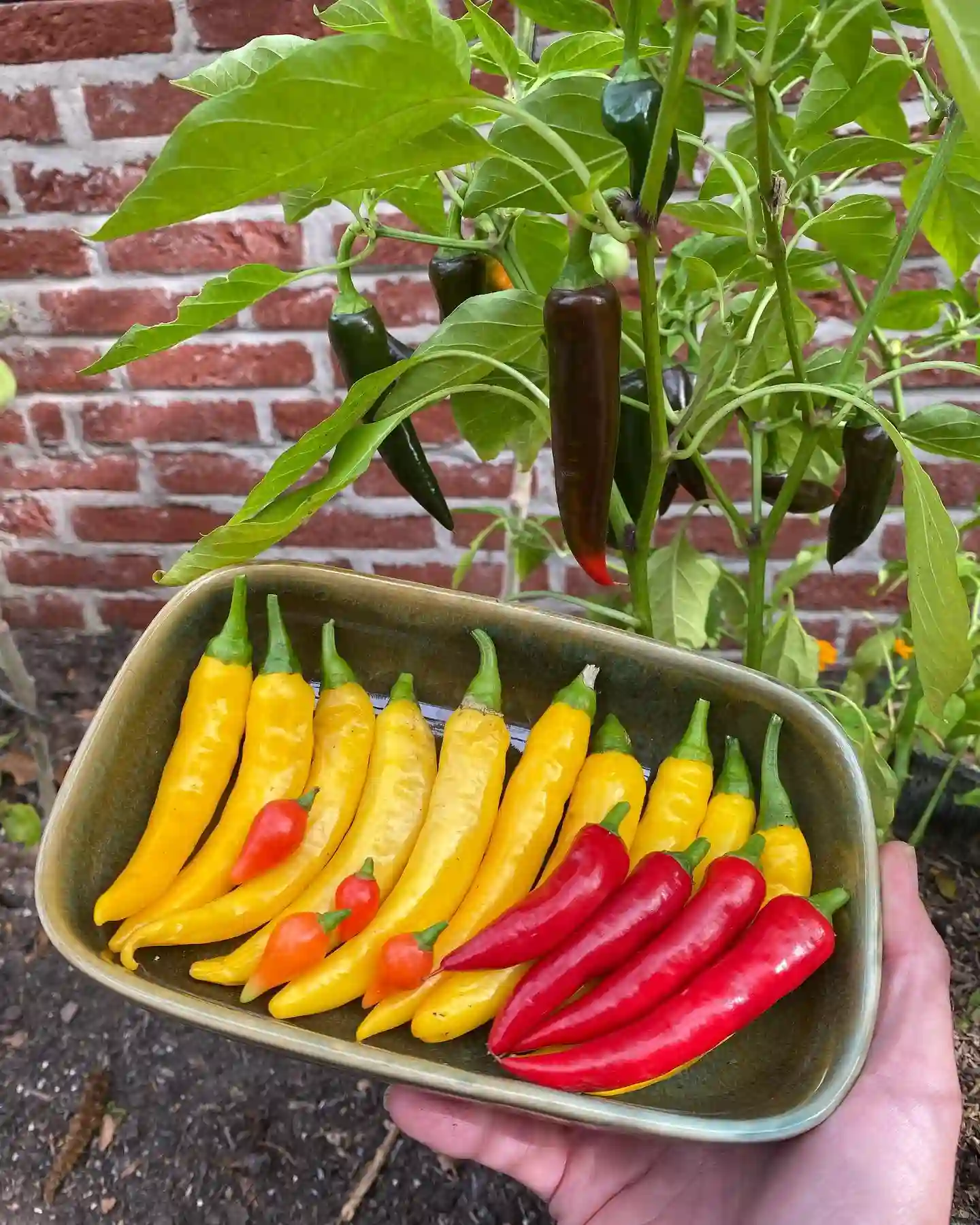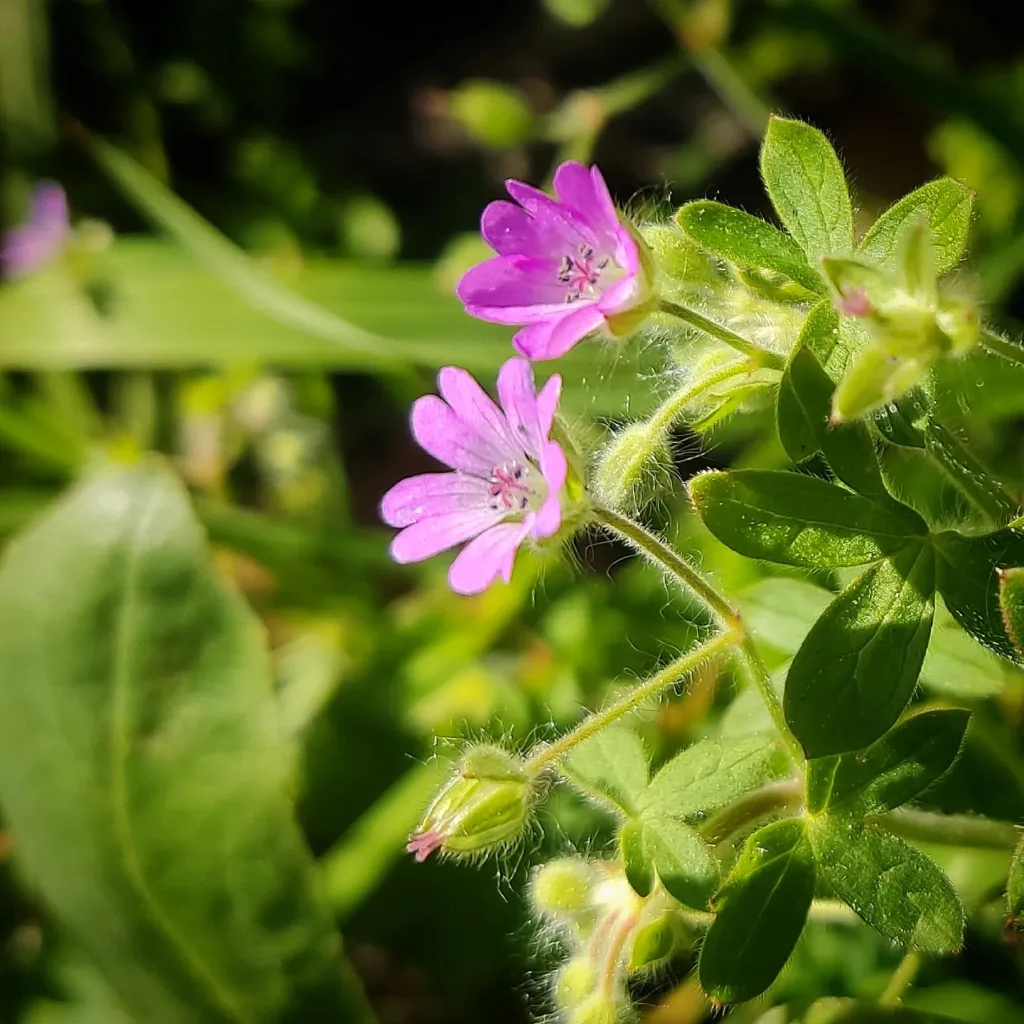
FAQs About Ruda Plant: Everything You Need to Know
As a plant enthusiast, I often find myself drawn to unique and lesser-known plants. One such plant is the Ruda, also known as Rue (Ruta Graveolens). In this article, I’ll dive into some frequently asked questions about the Ruda plant, covering its uses, growth, and more. If you’ve been curious about this plant, read on!
11 Species in Genus Ruta
What Is Ruda Plant?
The Ruda plant, or Rue, is an evergreen shrub native to the Mediterranean region. It’s known for its distinctive, aromatic foliage and small yellow flowers. Rue has been used in traditional medicine for centuries and is often recognized for its strong, pungent scent. This herbaceous perennial can reach up to 3 feet in height and is admired for its blue-green, feathery leaves.
What Is the Ruda Plant Used For?
Ruda has a variety of uses, both medicinal and ornamental. Traditionally, it’s been employed in folk medicine for its potential digestive, anti-inflammatory, and antimicrobial properties. Some people use Rue to help with menstrual cramps, arthritis, and digestive issues. In addition to its medicinal uses, Ruda is popular in gardens for its attractive foliage and resilience. The plant can also serve as a natural pest repellent, particularly for aphids and other garden pests.
Where to Buy Ruda Plant Near Me?
Finding a Ruda plant locally can be a bit of a treasure hunt. It’s not as commonly available as some other herbs, but there are several options to explore. Local nurseries that specialize in herbs or Mediterranean plants might carry Ruda. If you’re in the U.S., try searching for garden centers that focus on herbs or exotic plants. Online plant retailers and marketplaces like Etsy or Amazon can also be good places to find Ruda plants and seeds.
How to Grow Ruda Plant?
Growing Ruda is relatively straightforward, but there are a few key things to keep in mind. Here’s a quick guide to help you get started:
- Soil: Ruda prefers well-drained soil. A mix of sand and loam is ideal.
- Light: It thrives in full sun but can tolerate partial shade.
- Watering: Keep the soil consistently moist, but be careful not to overwater. Rue is somewhat drought-tolerant once established.
- Temperature: It’s hardy in USDA zones 5-10. Protect it from extreme cold if you live in a colder zone.
- Pruning: Regular pruning helps maintain its shape and encourages new growth.
How to Care for Ruda Plant?
Caring for Ruda involves a few key practices:
- Fertilizing: Rue doesn’t require a lot of fertilizer. A light application in early spring can support healthy growth.
- Pests and Diseases: While generally resistant to pests, watch out for aphids and rust. Use insecticidal soap or neem oil if needed.
- Winter Care: In colder climates, mulch around the base of the plant to protect the roots during winter.
Is Ruda Plant Good for Ear Infection?
Ruda has been traditionally used in folk medicine for various ailments, including ear infections. Its antimicrobial properties might offer some relief. However, I recommend consulting with a healthcare provider before using Ruda for medical purposes. There are more effective and well-studied treatments available for ear infections.
Is Ruda Plant Illegal?
Ruda is not generally considered illegal. However, its legality can vary by location, especially if you’re thinking of using it for medicinal purposes. In some regions, the cultivation of certain herbs might be regulated. It’s always a good idea to check local regulations if you’re unsure.
What to Plant With Ruda?
Ruda pairs well with other Mediterranean plants like lavender, sage, and thyme. These companions not only create a visually appealing garden but also share similar growing conditions. Combining Ruda with these herbs can enhance your garden’s aesthetic and functionality.
Is Ruda Plant Toxic?
Ruda is known to be toxic if ingested in large quantities. It can cause gastrointestinal distress and other symptoms. Keep it away from pets and young children. When handling the plant, it’s a good idea to wear gloves to avoid skin irritation.
Benefits of Ruda Plant
Aside from its ornamental value, Ruda offers several benefits. Its strong scent acts as a natural insect repellent, and its potential medicinal properties have been explored for centuries. It’s also a hardy plant that can thrive in various conditions, making it a great addition to many gardens.
Common Problems with Ruda Plant
Ruda can face some issues, such as:
- Pest Infestations: Aphids and spider mites might be a problem. Regularly inspect the plant and use appropriate treatments.
- Leaf Drop: This can occur if the plant is overwatered or if there are significant temperature fluctuations.
Compare with Other Similar Plants
If you’re considering alternatives to Ruda, you might look at plants like sage or oregano. Both offer similar Mediterranean charm and can be used for culinary and medicinal purposes. Sage, in particular, has overlapping uses with Ruda in traditional medicine, though it doesn’t share the same aromatic profile.
In conclusion, Ruda is a fascinating plant with a rich history and a variety of uses. Whether you’re interested in its medicinal properties, its role in your garden, or just its unique appearance, Ruda can be a valuable addition to your plant collection. As always, ensure you’re informed about its care and potential uses to make the most of this intriguing plant.



